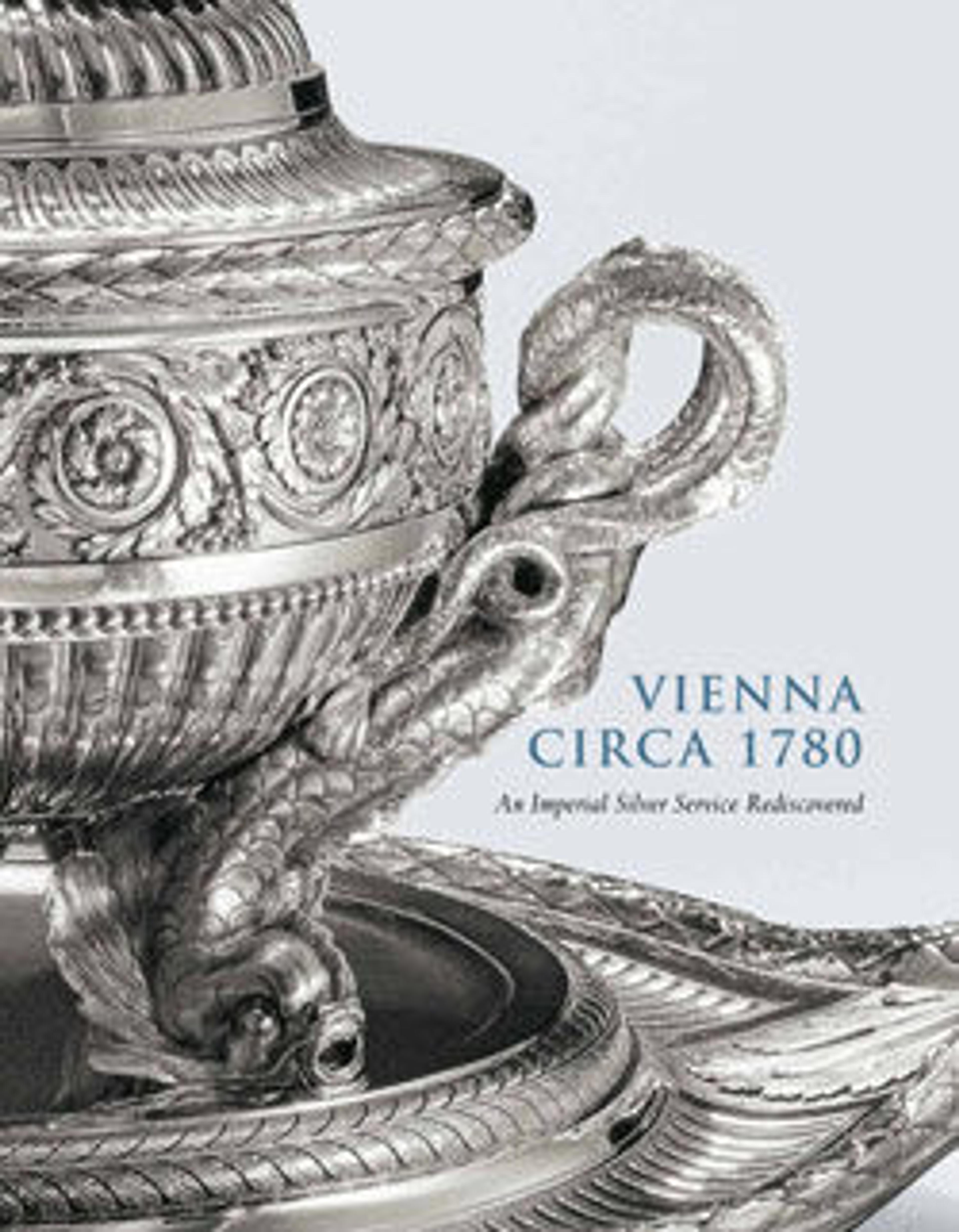Caddinet
The caddinet was reserved for the sovereign and his immediate family. The instructions for setting the table for a banquet at Dresden Palace on September 3, 1719, read: “On the table is [to be placed] in front . . . of the king and the . . . queen the so-called caddinet, . . . in which are salt, pepper, and other [spices] in diverse compartments.” The tray held the private royal cutlery and a specially folded napkin that covered bread rolls; hence the object’s name BrodtTeller (bread tray) in contemporary inventories. Augustus the Strong (1670–1733) must have seen this rare expression of royal etiquette in use at the court in Versailles, where he visited in 1687. The pagoda-shaped lids recall the roof line of the king’s summer palace, Pillnitz, near Dresden, introducing a touch of the exotic chinoiserie so fashionable at the time. This caddinet was part of a set of six.
Artwork Details
- Title:Caddinet
- Maker:Attributed to Gottlieb Menzel (1676–1757, master 1709)
- Date:1718
- Culture:German, Augsburg
- Medium:Silver gilt
- Dimensions:Overall (confirmed): 3 1/8 x 9 3/4 x 8 3/8 in., 35.778oz. (7.9 x 24.8 x 21.3 cm, 1014.3g)
- Classification:Metalwork-Silver
- Credit Line:The Lesley and Emma Sheafer Collection, Bequest of Emma A. Sheafer, 1973
- Object Number:1974.356.775
- Curatorial Department: European Sculpture and Decorative Arts
More Artwork
Research Resources
The Met provides unparalleled resources for research and welcomes an international community of students and scholars. The Met's Open Access API is where creators and researchers can connect to the The Met collection. Open Access data and public domain images are available for unrestricted commercial and noncommercial use without permission or fee.
To request images under copyright and other restrictions, please use this Image Request form.
Feedback
We continue to research and examine historical and cultural context for objects in The Met collection. If you have comments or questions about this object record, please contact us using the form below. The Museum looks forward to receiving your comments.
